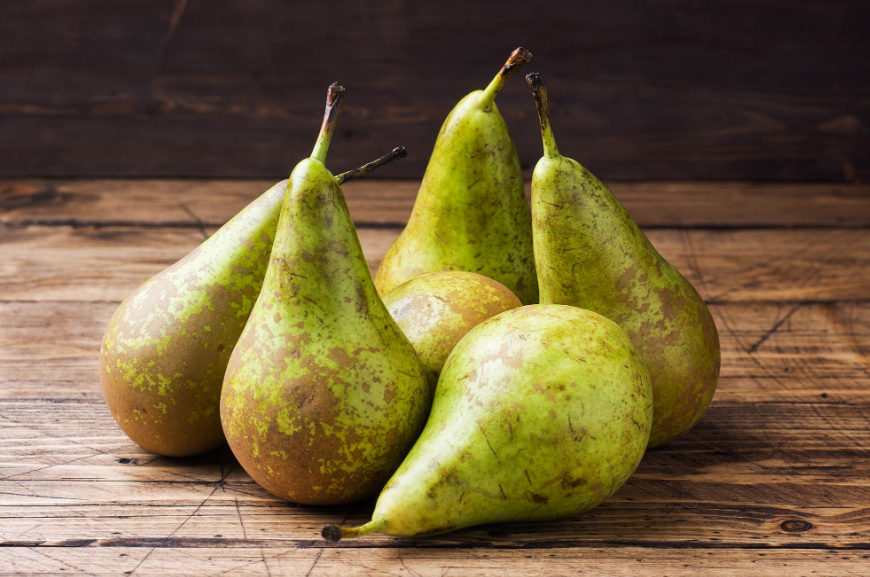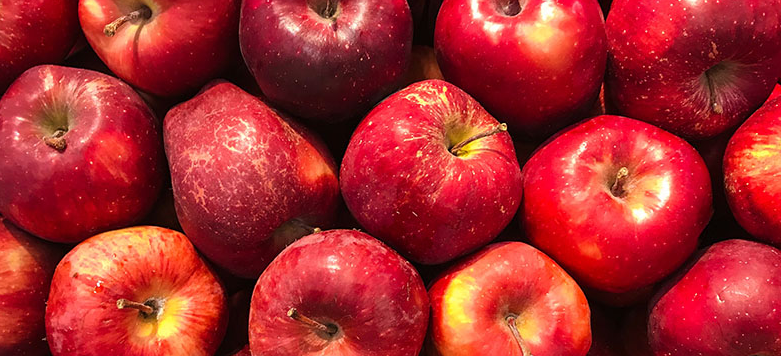Welcome to the enchanting world of Brunei National Fruit – the Brunei Cherry! With its vibrant colors, distinctive taste, and rich cultural significance, this tropical gem has captured the hearts and palates of both locals and visitors alike. In this article, we will delve into the fascinating aspects of the Brunei Cherry, including its history, characteristics, health benefits, culinary uses, and more.
What is the Brunei Cherry?
The Brunei Cherry, scientifically known as Muntingia calabura, is a small fruit native to Brunei, a charming country located on the northern coast of the island of Borneo. Also referred to as the Singapore Cherry or Jamaica Cherry, it holds a special place in the hearts of Bruneians as their national fruit.
History and Cultural Significance of Brunei National Fruit
For centuries, the Brunei Cherry has been intertwined with the culture and traditions of Brunei. It has been cherished as a symbol of fertility, abundance, and prosperity. In local folklore, the fruit is associated with myths and legends, often depicted as a divine offering from the heavens. Its presence is celebrated during various festivals and cultural events, where it serves as a centerpiece for traditional rituals and customs.
Characteristics of the Brunei Cherry
The Brunei Cherry is a small, round fruit with a diameter of about 2 centimeters. Its smooth skin transitions from vibrant green to a deep, luscious red as it ripens. The flesh is juicy and encases several tiny yellow seeds. When fully ripe, the cherry exudes a sweet aroma that tempts the senses.
In terms of flavor, the Brunei Cherry strikes a delicate balance between sweetness and tartness. Its taste can be described as a harmonious blend of tropical flavors, with hints of strawberry, pineapple, and passion fruit. This unique combination makes it a delight to savor and explore.
Cultivation and Harvesting of Brunei National Fruit
The Brunei Cherry thrives in tropical climates and favors regions with ample sunshine and rainfall. It is a hardy tree that requires minimal care once established. The ideal growing conditions include well-drained soil and temperatures ranging between 20 to 30 degrees Celsius.
To cultivate Brunei Cherry trees, the seeds are typically sown in nurseries before being transplanted into prepared soil. Regular watering and occasional pruning are necessary to ensure healthy growth. After a few years, the trees bear fruit, and harvesting takes place when the cherries reach optimum ripeness.
Popular Varieties of Brunei Cherry
While the Brunei Cherry itself is the most widely cultivated variety, there are a few notable variations that possess unique characteristics. The Brunei Black Pearl, with its deep maroon hue and intense sweetness, is highly sought after by connoisseurs. Another popular variety is the Brunei Honeydew, which showcases a subtle honey-like flavor and a pale yellow skin.
Health Benefits
Apart from its delightful taste, the Brunei Cherry also offers numerous health benefits. Packed with antioxidants, vitamins, and minerals, this fruit supports overall well-being. Its antioxidant properties help combat free radicals, protecting the body against oxidative stress and reducing the risk of chronic diseases.
Additionally, the Brunei Cherry is rich in vitamin C, which boosts the immune system, aids collagen production, and enhances skin health. It also contains dietary fiber, promoting digestive health and supporting regular bowel movements. Furthermore, the fruit’s natural compounds contribute to heart health by reducing cholesterol levels and maintaining healthy blood pressure.
Incorporating Brunei Cherry in Culinary Delights
The versatility of the Brunei Cherry extends beyond its raw form. It serves as a delightful ingredient in a variety of culinary creations. From refreshing smoothies and jams to delectable pies and desserts, this fruit adds a burst of flavor to any recipe.
For a simple and refreshing treat, try blending Brunei Cherries with yogurt and honey to create a delectable smoothie. Alternatively, explore the realm of traditional Bruneian cuisine by incorporating the cherries into savory dishes, such as spicy salsas or tangy meat glazes. The possibilities are endless, and the Brunei Cherry invites culinary experimentation.
Preservation and Storage
To enjoy the Brunei Cherry beyond its harvest season, proper preservation and storage techniques are crucial. Fresh cherries can be stored in the refrigerator for up to one week, maintaining their taste and texture. To extend their shelf life, cherries can also be frozen, either whole or pitted, for use in future recipes.
For long-term preservation, the Brunei Cherry can be processed into jams, jellies, or fruit preserves. These products capture the essence of the fruit and allow its enjoyment throughout the year. Proper canning techniques should be employed to ensure safety and maintain the cherries’ quality.
Availability and Market
The Brunei Cherry, although deeply rooted in Bruneian culture, has gained recognition beyond the country’s borders. Its unique taste and cultural significance have attracted attention from international markets, where it is often celebrated as an exotic tropical delicacy.
Brunei exports a significant portion of its cherry harvest to neighboring countries and regions. The economic impact of this fruit cannot be overlooked, as it contributes to local livelihoods and helps showcase Brunei’s rich agricultural heritage.
Cultural Festivals and Celebrations
Brunei cherishes its national fruit by dedicating festivals and celebrations to its magnificence. The Brunei Cherry Festival, held annually, pays tribute to the fruit’s cultural significance and showcases its culinary versatility. This vibrant event brings together locals and tourists alike, fostering a sense of community and appreciation for this cherished fruit.
Conservation Efforts for Brunei National Fruit
In recent years, efforts have been made to conserve and protect the Brunei Cherry trees and their natural habitats. The unique ecosystems that support the growth of these trees are of vital importance to the overall biodiversity of Brunei. Through awareness campaigns, sustainable farming practices, and afforestation initiatives, conservationists strive to preserve this valuable natural heritage for future generations.
FAQs (Frequently Asked Questions)
Q: Can the Brunei Cherry be grown outside of Brunei?
A: Yes, with proper care and suitable growing conditions, the Brunei Cherry can be cultivated in other tropical regions as well.
Q: Are there any traditional medicinal uses of the Brunei Cherry?
A: Yes, the Brunei Cherry has been used in traditional medicine to alleviate digestive issues and boost overall vitality.
Q: Can I find Brunei Cherries in supermarkets outside of Brunei?
A: While it may be challenging to find fresh Brunei Cherries in supermarkets, you may come across products such as jams or preserves in specialty stores.
Q: Are there any specific rituals or customs associated with the Brunei Cherry?
A: Yes, the Brunei Cherry is often offered as a symbolic gesture during ceremonies and celebrations, signifying good fortune and prosperity.
Q: Can the Brunei Cherry be grown in containers or small spaces?
A: Yes, the Brunei Cherry tree can be grown in containers, making it suitable for urban gardening or limited spaces.
Conclusion
The Brunei Cherry, Brunei’s exquisite national fruit, represents more than just a tasty delight. It encapsulates the cultural heritage and natural beauty of the country. With its captivating flavors, health benefits, and culinary versatility, the Brunei Cherry continues to captivate hearts and palates. So, indulge in this tropical treasure and experience the wonders it has to offer.
References
- “Muntingia calabura” by USDA Forest Service: https://www.fs.fed.us/database/feis/plants/tree/muncal/all.html
- “Muntingia calabura: An Underutilized Fruit Tree” by G. Ong-Abaday, L. A. Barroga, and P. M. Vergara: https://philjournalsci.dost.gov.ph/images/pdf_upload/pjs2016/PJS%2045%20%282%29%20159-164.pdf
- “A Study on Nutritional, Antioxidant, and Antimicrobial Potential of Muntingia calabura Linn.” by M. K. Aziz et al.: https://www.ncbi.nlm.nih.gov/pmc/articles/PMC5423773/
- “Borneo’s Brunei Cherry: Everything You Need to Know” by David Hogan Jr.: https://www.borneoimage.com/brunei-cherry-everything-you-need-to-know/

